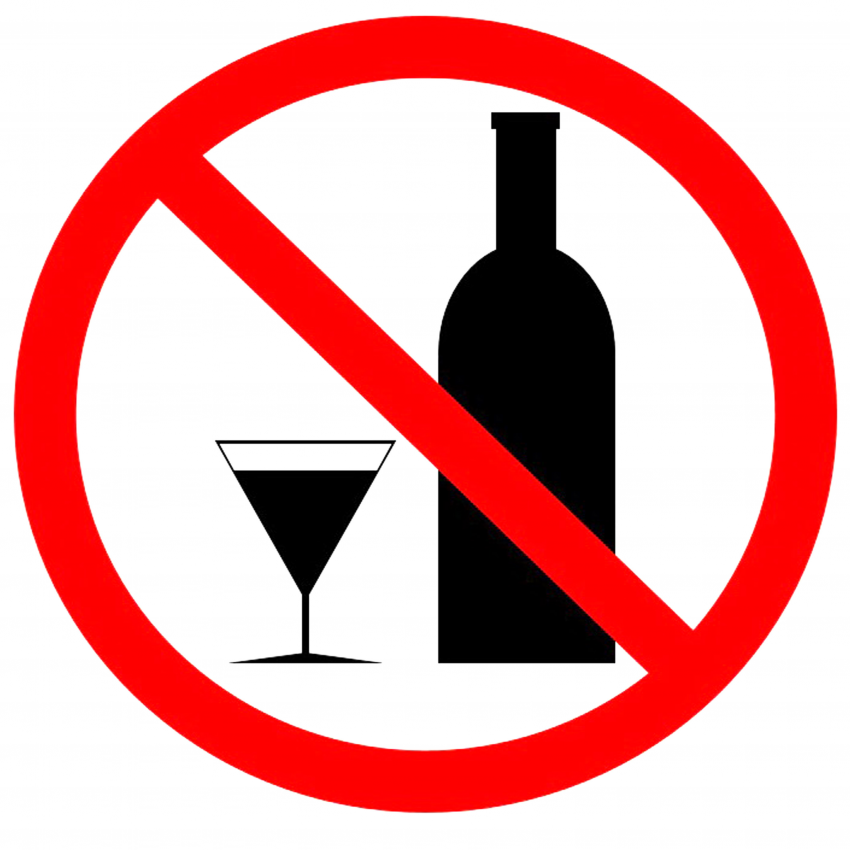
The statistics are daunting.
A 2013 survey of high school students by the Youth Risk Behavior Survey found that in the last 30 days:
- 35% drank some amount of alcohol;
- 21% binge drank;
- 10% drove after drinking alcohol;
- and 22% rode with a driver who had been drinking alcohol. (Kann, Kinchen, Shanklin, et al., 2014)
In 2013, a report by the National Survey on Drug Use and Health found that 24% of youth aged 12 to 20 years drink alcohol and 15% reported binge drinking (Substance Abuse and Mental Health Services Administration, 2013).
And in 2013, the Monitoring the Future Survey found that 28% of 8th graders and 68% of 12th graders had tried alcohol. Also, 10% of 8th graders and 39% of 12th graders admitted to drinking during the past month (Johnston, O’Malley, Miech, Bachman, & Schulenberg, 2013).
“But surely not in OUR church,” you might say. “We teach temperance! Our young people would never do that!”
A 2014 study conducted by the Institute for Church Ministry asked Adventist young people if they believed occasional alcohol use was permissible. A resounding 91% of respondents said that it was “never” or “rarely” permissible.

But let’s not get too comfortable just yet. The remaining 9% indicated that alcohol was “sometimes,” “often,” or “always” permissible. This means that for approximately 9% of young people within our church, alcohol is nothing something that should necessarily be avoided.
What can we do to help prevent our young people from using alcohol? While we clearly can’t completely prevent out young people from making bad choices, the website Life Script has some great tips on how to discourage young people from using alcohol.
- Set a positive example. While most Adventist parents wouldn’t think of having a drink, it is vital that young people see the respected adults in their lives following the same health principles by which they expect their children to follow.
- Network with parents. This will not only help increase accountability of the parents, but will help open your own eyes to the environment in which your young people are interacting or the pressures they may be facing.
- Offer unconditional but tough love. Sometimes young people make bad choices. If they do, it’s important to let them know that even though you don’t agree with their decisions (and there may be consequences), you love them in spite of those poor choices.
- Stay in touch with your youth. By opening the lines of communication, you may be able to stop a situation before it even happens. This not only entails talking, but much listening. (Alexander, 2007)
Just because we teach our young people what is right and healthy does not mean that they will necessarily abide by our teachings. We must invest deeply in the next generation and guide them along the way. In doing so, we can help prevent them from becoming “just another statistic.”
References
Kann, L., Kinchen, S. A., Shanklin, S. L., et al. (2014). Youth Risk Behavior Surveillance—United States, 2013. Surveillance Summaries, 63(SS-04): 1–168. Retrieved from https://www.cdc.gov/mmwr/preview/mmwrhtml/ss6304a1.htm
Substance Abuse and Mental Health Services Administration. (2013). Results from the 2012 national survey on drug use and health: summary of national findings (NSDUH Series H-46, HHS Publication No. 13-4795). Rockville, MD: Substance Abuse and Mental Health Services Administration. Retrieved from https://www.samhsa.gov/data/sites/default/files/NSDUHresults2012/NSDUHresults2012.pdf
Johnston, L. D., O’Malley, P. M., Miech, R. A., Bachman, J. G., & Schulenberg, J. E. Monitoring the future national results on drug use: 2013 overview of key findings on adolescent drug use. Ann Arbor, MI: Institute for Social Research, The University of Michigan. Retrieved from https://files.eric.ed.gov/fulltext/ED578545.pdf
Alexander, R. (2007, August 10). 10 ways to discourage teen drinking. Life Script. Retrieved March 25, 2015. (Article no longer available.)
Image from Canva©.
